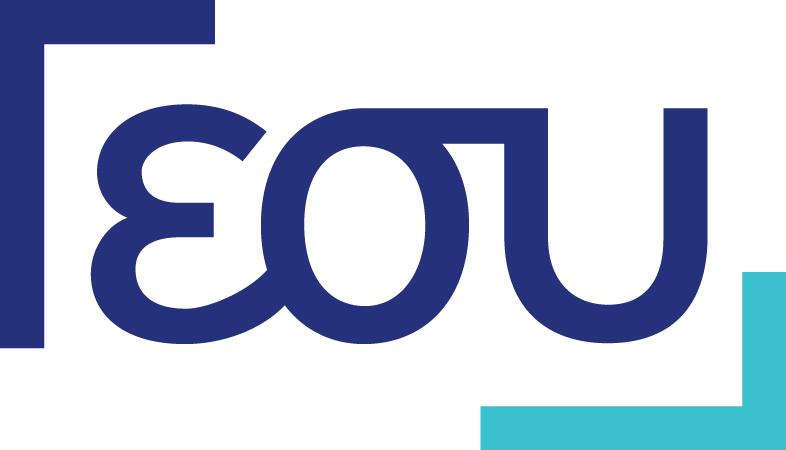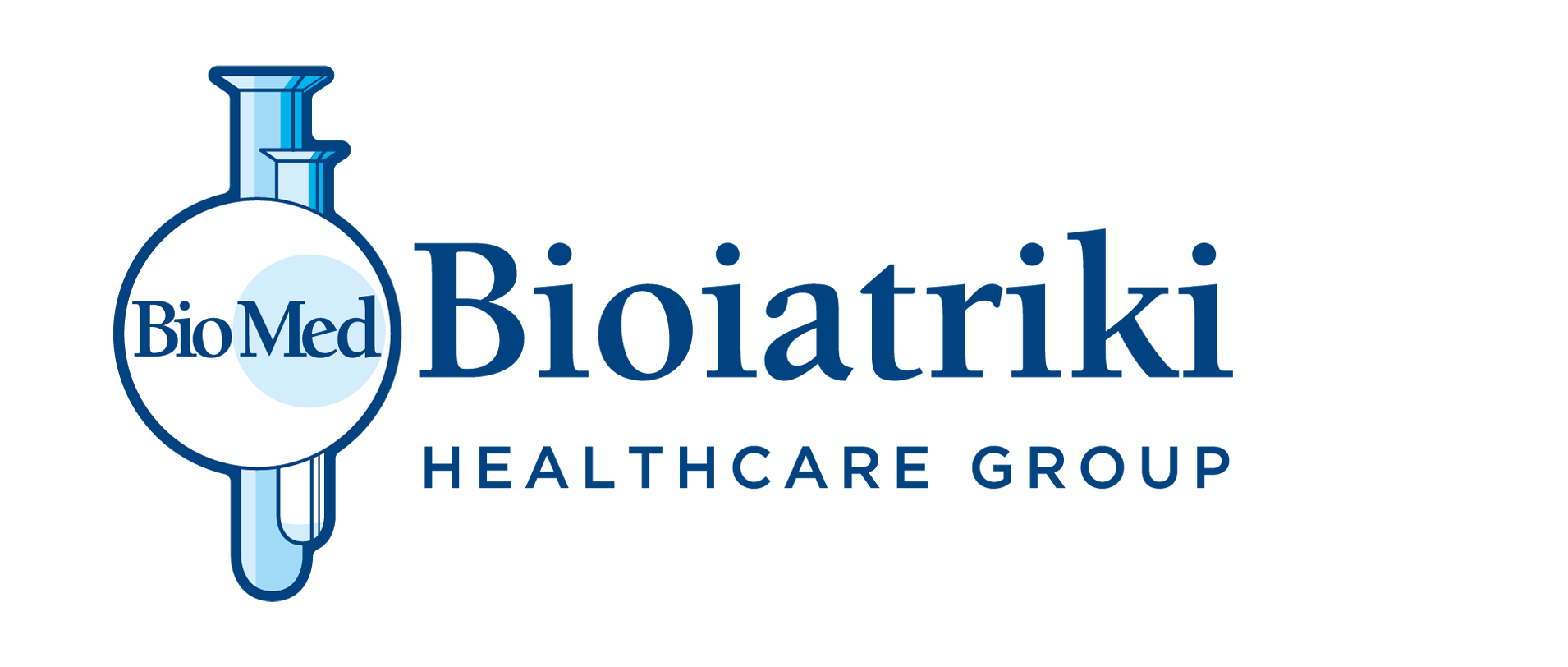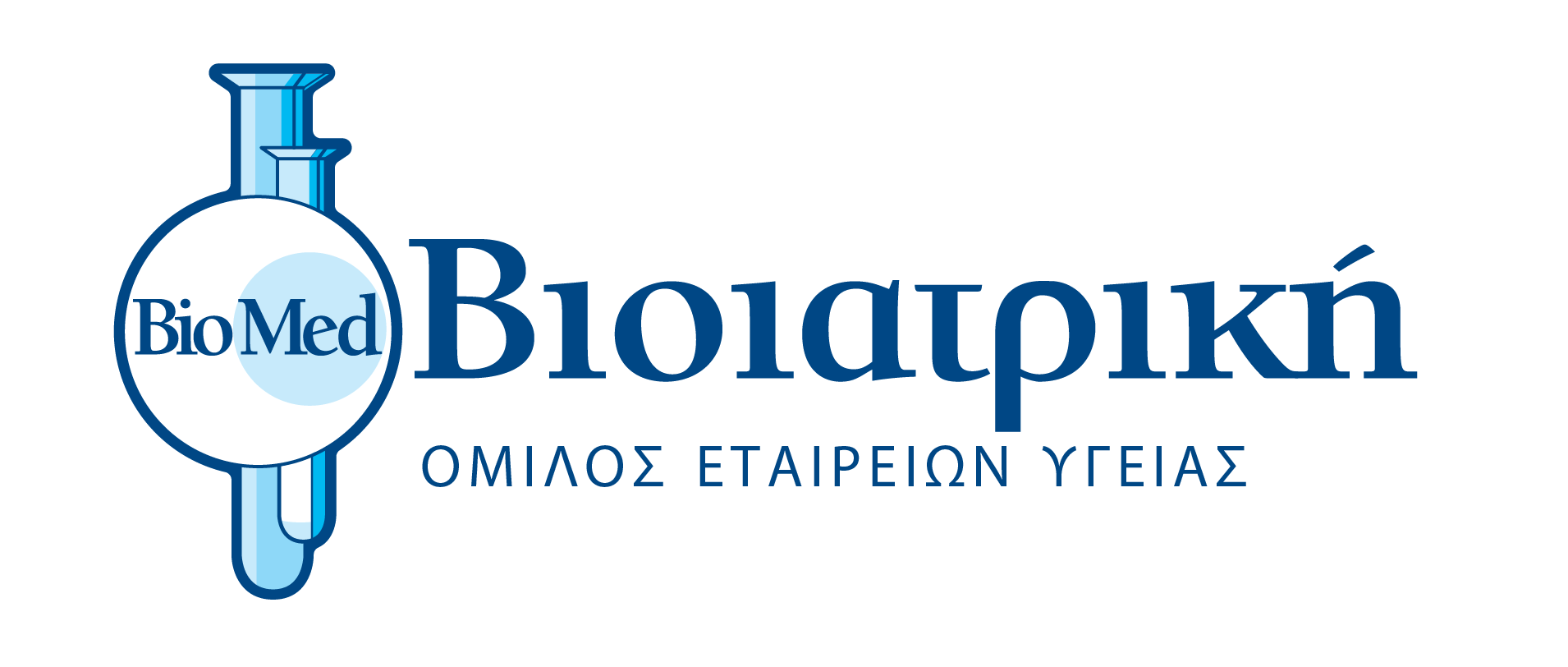
by Anna Giasoumi*
Screening, or as it is commonly called, “checkup”, is undoubtedly the cornerstone of disease prevention and timely diagnosis of several health issues. The technological advancement of recent years has greatly contributed to the upgrade of the medical equipment, and the improvement of the patient’s experience, easing them from potentially unpleasant processes that used to be involved with checkups, such as prolonged medical examination periods, or the feeling of confinement, etc.
A medical or imaging diagnostic center, or a laboratory, that focuses on its patients, can only invest, and incorporate these technological innovations for their benefit. Especially in recent years, the new medical devices that have been designed and put in use, can achieve greater diagnostic accuracy, and significantly elevate the patient’s experience. MRI for example, which is one of the most common applications of modern technology in medical imaging, is currently using magnets that reach 3 Tesla, and thus, ensure the most reliable results and reduce the patient’s discomfort thanks to the lower noise level, the larger diameter of the CT scanner, and the significantly reduced examination time. Additionally, the innovations in software of these modern medical devices are equally important.
The utilization of artificial intelligence and the interconnection with international databases that comes with the most modern devices, maximizes the possibility of timely, valid, and comparative diagnosis by doctors, which is an important privilege in our small population.
For women in particular, the transition from older generation mammograms to modern 3D digital, offers significant benefits in the early diagnosis of breast cancer symptoms. More specifically, a 3D mammogram captures multiple photos of the breasts simultaneously from different angles and with the aid of a special software, a clearer and more multidimensional image is synthesized. These 3D mammograms stand out as they can detect more efficiently the breast cancer in younger women with dense tissue.
Another valuable tool in the detection of cysts and tumors is Endoscopic Ultrasound (EUS), which is the most accurate method for imaging the five layers of the intestinal wall and pancreas. EUS can be also utilized as a guided biopsy using a fine needle (FNA and FNB) in inaccessible organs such as the pancreas, in which a biopsy with other conventional methods is deemed difficult to impossible.
Modern technology is equally important to other fields of medical imaging. Digital X-Ray for example, ensures high definition and sensitivity, as it automatically calculates the required dose of radiation so that the subject is exposed to it as little as possible.
The CT scan plays a key role in screening as well. For example, a Cardiac CT is a specialized procedure with which the activity of the coronary vessels is investigated with a quantitative evaluation (measurement) of calcium-containing plaques in the arteries and the detection of potential stenoses. Furthermore, as part of screening in patients with predisposition for lung cancer, a chest scan is performed with a special low-dose radiation protocol. Another important tool for the early diagnosis of cancer, is the CT colonography with which potential lesions inside the large intestine can be detected at an early stage.
All these medical diagnostic innovations are typical examples of the progress made in the integration of modern technology into the field of screening. In the future, further development is expected, particularly with the integration of artificial intelligence into the field of medical examination and preventive medicine, which will result in an even higher quality of service towards the patient.
* Director of the Alpha Evresis Diagnostic Center of the BIOATRIKI Healthcare Group in Cyprus (Silver award in “Development and Innovation” at the Cyprus Healthcare Business Awards).









